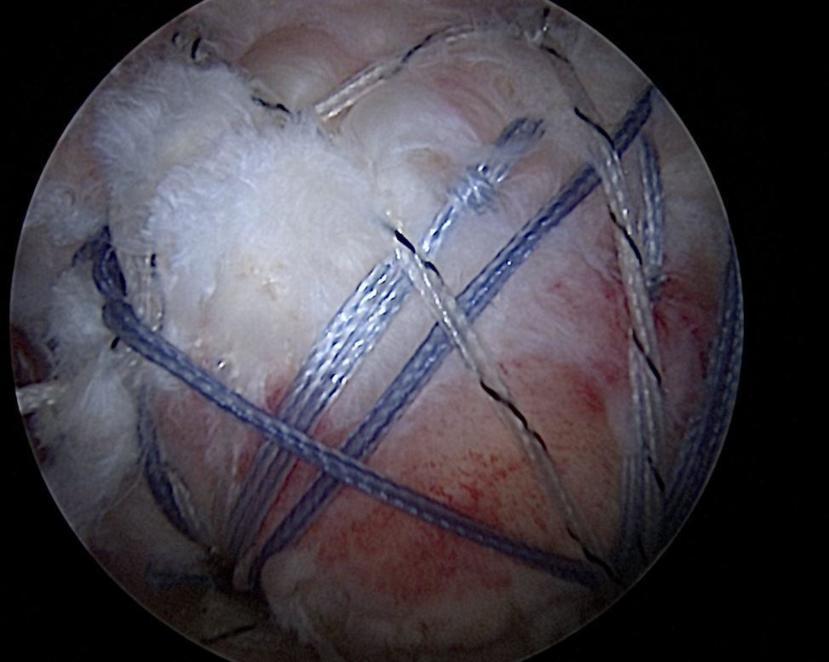Rotator Cuff Injuries

Dr. Jeremie M. Axe is an orthopaedic surgeon practicing in Newark, DE at First State Orthopaedics. Dr. Axe specializes in the diagnosis, treatment and rehabilitation of injuries, diseases and disorders of the shoulder elbow and knee. He is dual fellowship trained in Shoulder & Elbow as well as Sports Medicine. He sees... more
As a fellowship trained Orthopedic surgeon specializing in shoulder & elbow and sports medicine injuries, rotator cuff tears are among the most common shoulder injuries that I treat in the office. I have a current registry of nearly 2,500 patients who have undergone shoulder and elbow surgeries with me, enabling me to follow their pain and functional outcomes following surgery.
Injuries to the rotator cuff muscles in the shoulder affect patients of all ages, but typically presents with pain and weakness throughout the normal range of motion, which can limit your day-to-day life. Simple tasks, such as reaching overhead to put on a shirt or putting dishes up in the kitchen or moving your arm behind you to tuck in your shirt can become painful. For people who are active and lift weights, they may notice a change in their ability to perform certain shoulder exercises due to significant pain and weakness. Ultimately, the pain may progress to being present at night when sleeping on that side.
Many patients are not able to identify a specific injury leading to the discomfort. Rotator cuff muscles undergo wear and tear on a daily basis and as you age, there muscle and tendons breakdown and become inflamed, causing the pain. When managing patients who come to see me for this, I perform a structured physical exam and obtain appropriate imaging as needed to confirm my clinical suspicions. To reduce the pain, I offer forms of conservative, non-surgical management, including steroid injections and physical therapy. When a patient feels that they are not able to tolerate the discomfort, I discuss the surgical procedures available.
While there are several surgical treatments, the factors that influence whether a patient is a good candidate for arthroscopic rotator cuff repair include your age, extent of injury on imaging, and your current lifestyle. Arthroscopic rotator cuff repair is approximately a 60-minute procedure involving the use of a camera to visualize the structures around the shoulder joint and repair the muscle with instruments through several incisions less than 1-inch in length. As with many surgeries, the rehab protocol is essential for optimizing outcomes and will involve immobilization, physical therapy and strengthening, with return to normal weight bearing activities within 6 months.









